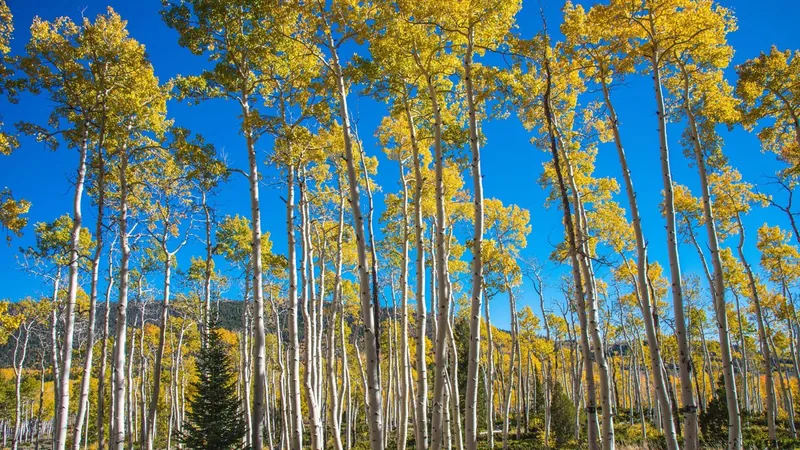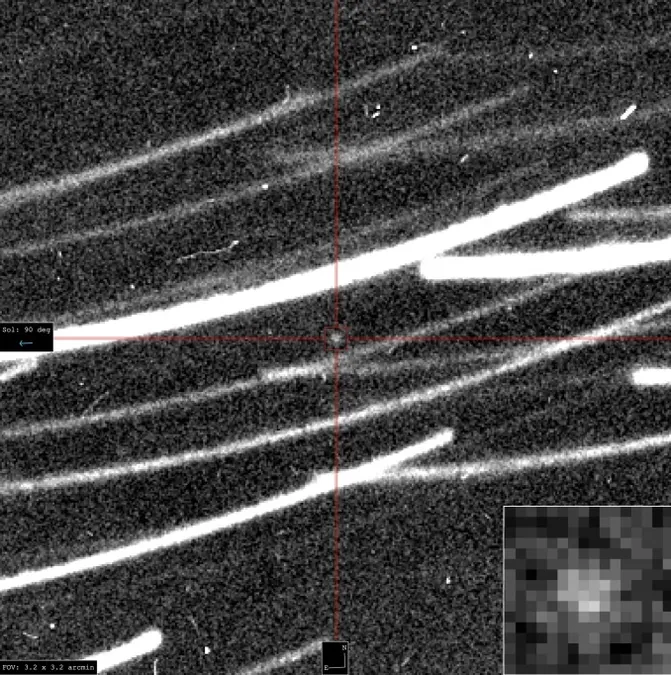
Meet Pando: The Giant Tree That Could Be the World’s Oldest Living Organism!
2024-11-08
Author: Rajesh
Introduction
In the heart of Fishlake National Forest in Utah lies a secret so immense and astonishing that it can easily rival some of Earth’s most noteworthy wonders. Known as Pando, this extraordinary natural phenomenon may look like a sprawling forest, but it is, in fact, one colossal tree system with a story that dates back to the last ice age!
What is Pando?
Pando, whose name means "I spread" in Latin, is an ancient colony of quaking aspen trees (Populus tremuloides) boasting an impressive 47,000 genetically identical stems all connected to a single, extensive underground root system. Originating from one single seed, this remarkable organism has thrived for an astounding 80,000 years!
Stretching over 106 acres (approximately 43 hectares), Pando is not only the largest known living organism on the planet but also the heaviest, weighing around 6,500 tons (or 5,900 metric tons)—that’s equivalent to a staggering 40 blue whales!
A Closer Look at Its Age and Structure
Discovered to be a single entity only in the 1970s, further genetic research has confirmed that this seemingly forest-like expanse is one giant clone. Recent DNA studies suggest Pando’s age is between 16,000 and 80,000 years, making it one of the oldest living organisms ever documented—although these findings have yet to receive peer-reviewed validation.
Interestingly, some of Pando’s stems have been around for over 130 years and, in theory, should continue to regenerate indefinitely. However, alarming signs indicate that things are changing, as observed in a significant study published in 2018 that highlights troubling evidence of decline in the colony’s health.
The Threats to Pando's Existence
Unfortunately, Pando is facing a crisis. The main culprits for its degradation are grazing animals such as mule deer and cattle, which are munching away at young aspen shoots, preventing new growth. Historically, predators like wolves, bears, and cougars helped maintain a balance in the ecosystem by keeping deer populations in check, but human intervention has decimated these natural predators.
Moreover, the hyper-competitive nature of this organism has led to difficulties in regeneration. Researchers speculate that Pando could be running low on energetic reserves to shoot up new growth, and various pests, diseases, and issues like root rot are adding to the stress on this ancient giant.
Ecological Importance
Pando plays a crucial role as a keystone species, supporting diverse ecosystems and providing habitats for numerous animal and plant communities in the area. As Kurt Robins, district ranger of Fishlake National Forest, states, “We look at the aspen as a keystone species for what they provide on the landscape,” emphasizing its importance in maintaining ecological balance.
Alarm bells are ringing for Pando, and preservation efforts are essential. Will humanity step up to save this magnificent living organism before it's too late? Only time will tell, but the fate of one of our planet’s most extraordinary treasures hangs in the balance!





 Brasil (PT)
Brasil (PT)
 Canada (EN)
Canada (EN)
 Chile (ES)
Chile (ES)
 España (ES)
España (ES)
 France (FR)
France (FR)
 Hong Kong (EN)
Hong Kong (EN)
 Italia (IT)
Italia (IT)
 日本 (JA)
日本 (JA)
 Magyarország (HU)
Magyarország (HU)
 Norge (NO)
Norge (NO)
 Polska (PL)
Polska (PL)
 Schweiz (DE)
Schweiz (DE)
 Singapore (EN)
Singapore (EN)
 Sverige (SV)
Sverige (SV)
 Suomi (FI)
Suomi (FI)
 Türkiye (TR)
Türkiye (TR)